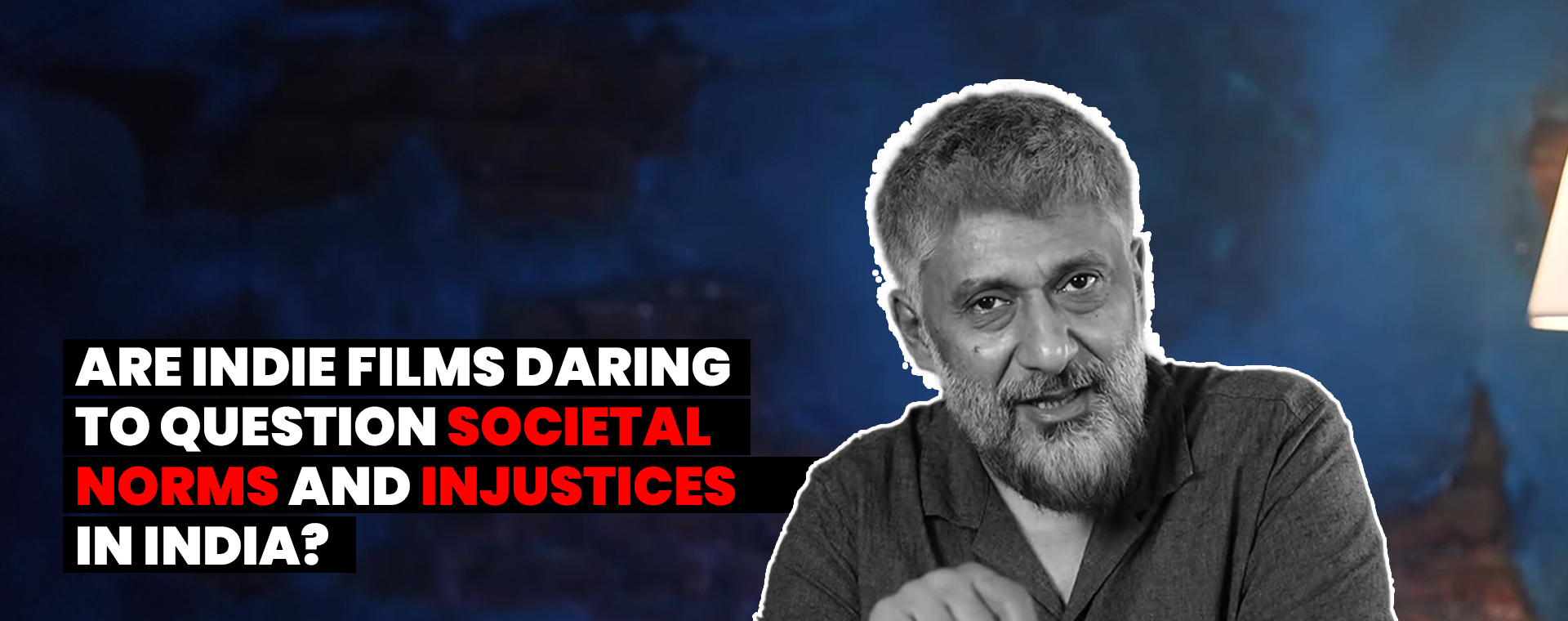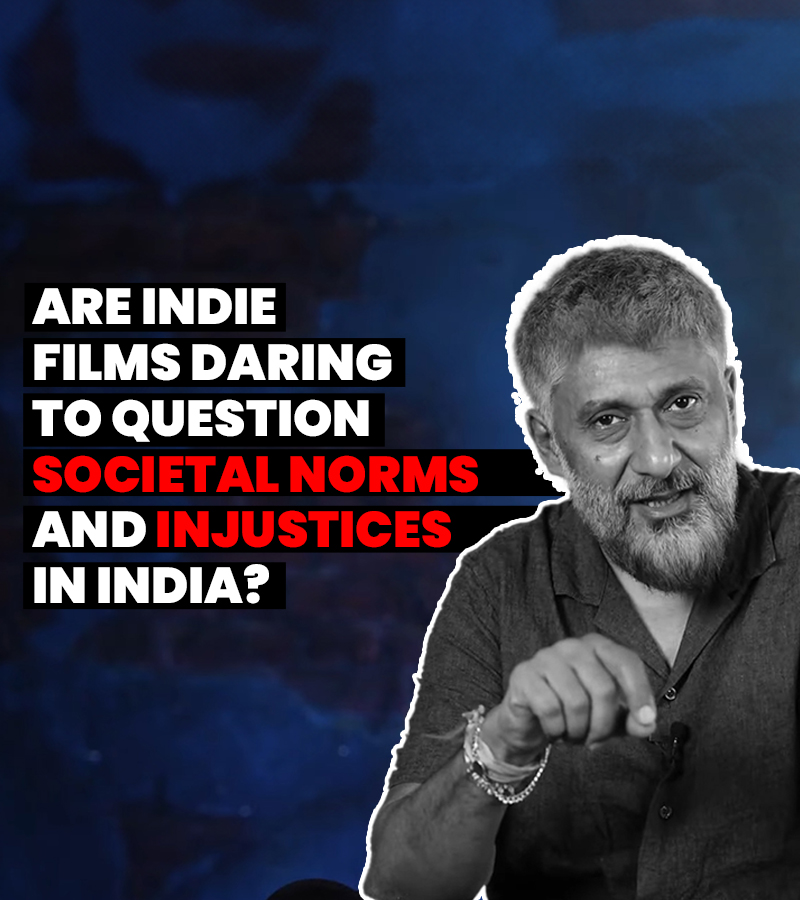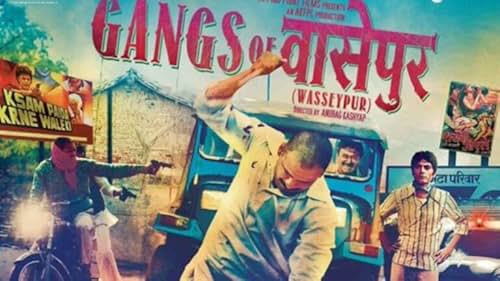

The Role of Independent Filmmakers in Shaping Public Discourse in India
Filmmakers of independent films in India are rewriting the rules on public discourses – challenging the dominance of discourses and presenting new ways of imagining history, politics, and social justice. From Vivek Agnihotri to Anurag Kashyap, these directors bring bold, controversial, and often overlooked issues to the forefront of national conversation.
Independent cinema in India has emerged as a source of dynamism, questioning societal norms, echoing the voice of the marginalised, and, at times, offering a counter-narrative to mainstream Bollywood. Here, the independent filmmaker, free from the commercial pressures of big-budget films, effectively uses cinema to engage audiences with critical social and political issues. This paper will dwell on how filmmakers shape public discourse, with particular attention given to the contribution of Vivek Agnihotri, among other notable figures.
Challenging Mainstream Narratives

Image credit: www.imdb.com
Mainstream Indian cinema is meant for mass entertainment and never takes up such tough socio-political themes. Yet, independent films have time and again pushed the envelope on caste inequality, religious conflict, and political corruption- all those issues that might prove too hot to handle for Bollywood’s commercial palate. Directors like Anurag Kashyap, Nandita Das, and Chaitanya Tamhane, among others, have provided critical insights into this movement with narratives that can hardly allow viewers to stay in their comfort zones.
For example, the movie Gangs of Wasseypur by Anurag Kashyap depicted the raw visuals of India’s coal mafia and caste politics. Another filmmaker, Nandita Das, tried to convey the aftermath of communal violence in Gujarat through her film Firaaq. These films, by portraying unfiltered versions of the struggles in Indian society, opened space for much-needed critical conversations on the darker aspects of the country.
Amplifying Marginalised Voices

Image credit: www.collegefairguide.com
Independent cinema has emerged as a powerhouse in India for voices that have remained at the margins: the Dalits, women, tribals, and religious minorities. The filmmakers tell these stories that have never been told and simultaneously foster empathy and understanding of the experiences of such marginalised groups. For example, Court by Chaitanya Tamhane brings into the limelight the police case filed against a folk singer for having committed systemic injustice against the lower castes and those on the fringes of mainstream society.
Films like Neeraj Ghaywan’s Masaan and Pa. Ranjith’s Kaala have played an important role in bringing to the fore caste-based discrimination and social inequalities. Independent filmmakers place these stories in the foreground to fight against the silence of themes that are being kept very much in the background for far too long by more commercial areas of Indian cinema.
Vivek Agnihotri: A Catalyst for Political Commentary

Image credit: www.youtube.com
Of the filmmakers using independent movies to shape public debate, perhaps no one has generated more discussion than Vivek Agnihotri. While Kashyap and Das use understated storytelling, which is more character-driven to point out injustice in society, Agnihotri takes politically charged topics as his film themes, which compels viewers to confront uncomfortable truths about India’s history and present.
Agnihotri’s The Tashkent Files (2019) questioned the death of former Prime Minister Lal Bahadur Shastri, a story mired in an official cloudy mystery and igniting fissures of debate over transparency in Indian politics. On the other hand, The Kashmir Files expresses the exodus of Kashmiri Pandits in the 1990s, which had mostly been seen as taboo in mainstream cinema. History per se was used here by Agnihotri to address complex issues that are usually unsettled politically.
Although the path that Agnihotri has taken can polarize opinions, the debates his films can unleash are a good example of how independent filmmakers can transcend mere entertainment in order to influence political and social debate. He shows that independent movies can be a potent tool for challenging set narratives and giving voice to suppressed stories.
The Role of Digital Platforms

Image credit: www.zeecontentsales.com
Digital platforms have acted as a game-changer for independent filmmakers in India. This does not require them to look toward the traditional method of distribution, either through Netflix, Amazon Prime, or various regional OTTs. It’s a democratisation of cinema, where there’s more access to stories which, in turn, will counter the mainstream.
Gully Boy by Zoya Akhtar and Udta Punjab by Abhishek Chaubey are examples of filmmakers using digital platforms to tell stories about underrepresented segments of Indian society, such as slum dwellers or even drug users. Digital platforms have expanded the scope of independent films, ensuring these essential stories not only reach the shores of America but also have an impact on discourses beyond Indian borders.
Conclusion
Independent filmmakers in India play a very important role in shaping the public discourse by offering alternative narratives to those proposed by mainstream cinema, which always presents versions cleansed of reality. Fearless storytelling tackles sensitive political and social issues head-on. They also amplify voices that might have been seldom heard in commercial cinema. The likes of Anurag Kashyap, Nandita Das, and Chaitanya Tamhane continued to push boundaries. At the same time, filmmakers like Vivek Agnihotri ensured their film medium took mass audiences in on politically charged discussions, too. So, films may not function as plain, simple entertainment but as catalysts for national conversation.
With the world of media changing at a breakneck pace, independent filmmakers have indeed become influential sculptors of public opinion, using cinema to reflect, create dialogue, and eventually bring about a change in Indian society.






